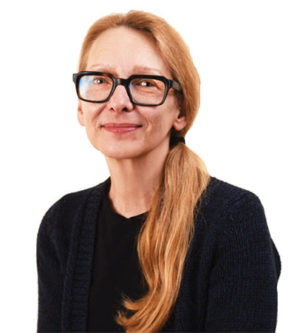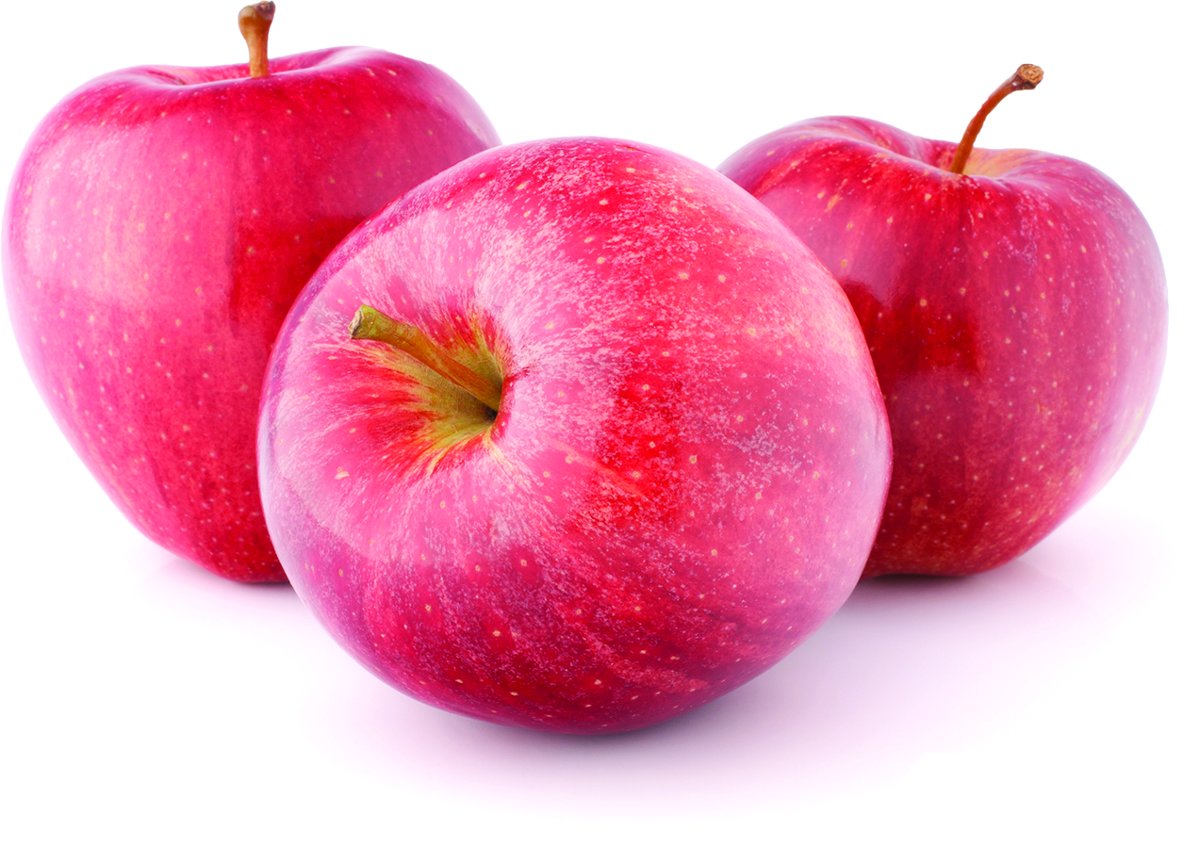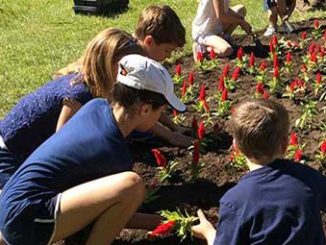 Leasiders take gardening seriously and know it’s about more than just growing plants. Gardening is about connecting to nature, understanding the environment and working with it.
Leasiders take gardening seriously and know it’s about more than just growing plants. Gardening is about connecting to nature, understanding the environment and working with it.
Soil, water, air, temperature and light are essential to life, and each one has a distinct and important role to play. But how many of us think about the need for darkness?
Suddenly it’s November with shorter days and long nights. It sure seems dark – really dark – but the truth is, most of us haven’t experienced natural darkness in a very long time and that’s all due to skyglow.
Such a lovely name for a menacing mass of illuminating haze caused by artificial light entering the night sky. Personally, I would rather call it light smog or glowing nightmare because this skyglow changes the circadian rhythm in humans, animals and plants. By shielding a view of the stars, it disrupts the navigation of birds, plays havoc with all nocturnal life and alters ecosystems.
Skyglow is simply the result of light pollution and it’s getting worse.
All artificial light that enters the night sky create skyglow, but some lights are worse than others and at this time of year Christmas lights intensify it the most. Images from space show that holiday lights add an average of 30% to an already light-polluted sky.
We must ask ourselves. Is this really necessary?
Oh, I can feel some of those eyes rolling and a few of you calling me Ms. Scrooge now, but please read on.
Day and night form a natural cycle and rhythm that has guided life on our planet for millions and millions of years, yet in the last hundred we altered it by creating brighter and brighter nights. In many cases, we’ve made areas unnecessarily bright and for no good reason because natural darkness isn’t really dark at all. The illumination from the moon and stars provide a different kind of light and a light our eyes can easily adjust to.
So what do we do?
Learn more about light pollution because awareness can bring about changes that can actually reverse this problem. A good place to start is www.darksky.org. The International Dark-Sky Association (IDA), around since the 1980s, offers everything you need to know about light pollution.
According to IDA, there are things we can all do to minimize the harmful effects of light pollution. They recommend lighting should:
• Only be on when needed
• Only light the area that needs it
• Minimize blue light emissions
• Be fully shielded (pointing downwards)
These are four simple steps that would take very little away from our need for night lights yet would make an enormous difference in reducing light pollution.
Here are just a few ways to light up your holiday life in a responsible way:
• Recycle your old Christmas lights and switch to LEDs. Choose warm white and stay away from white and blue lights because they produce the most glare.
• Position your lights under your eaves and away from the snow. Snow reflects light and magnifies it.
• Timing is everything so don’t put lights on too early and don’t leave them on too late. Better yet, put them on a timer.
• Consider solar lights, especially if you face south. The Bayview Leaside BIA has been using these lights on their winter planters for the last two years. They don’t shine as brightly, they don’t stay on as long and they’re completely off the grid. No light pollution, no need for a timer and no energy cost.
For what it’s worth, I happen to think Christmas lights are pretty too. Can we have them without doing harm?
Here’s to starry nights!



![Frederick Gage Todd. Wm. Notman & Son [Public domain], via Wikimedia Commons.](https://leasidelife.com/wp-content/uploads/2014/01/Frederick_Gage_Todd_featured-326x245.jpg)

